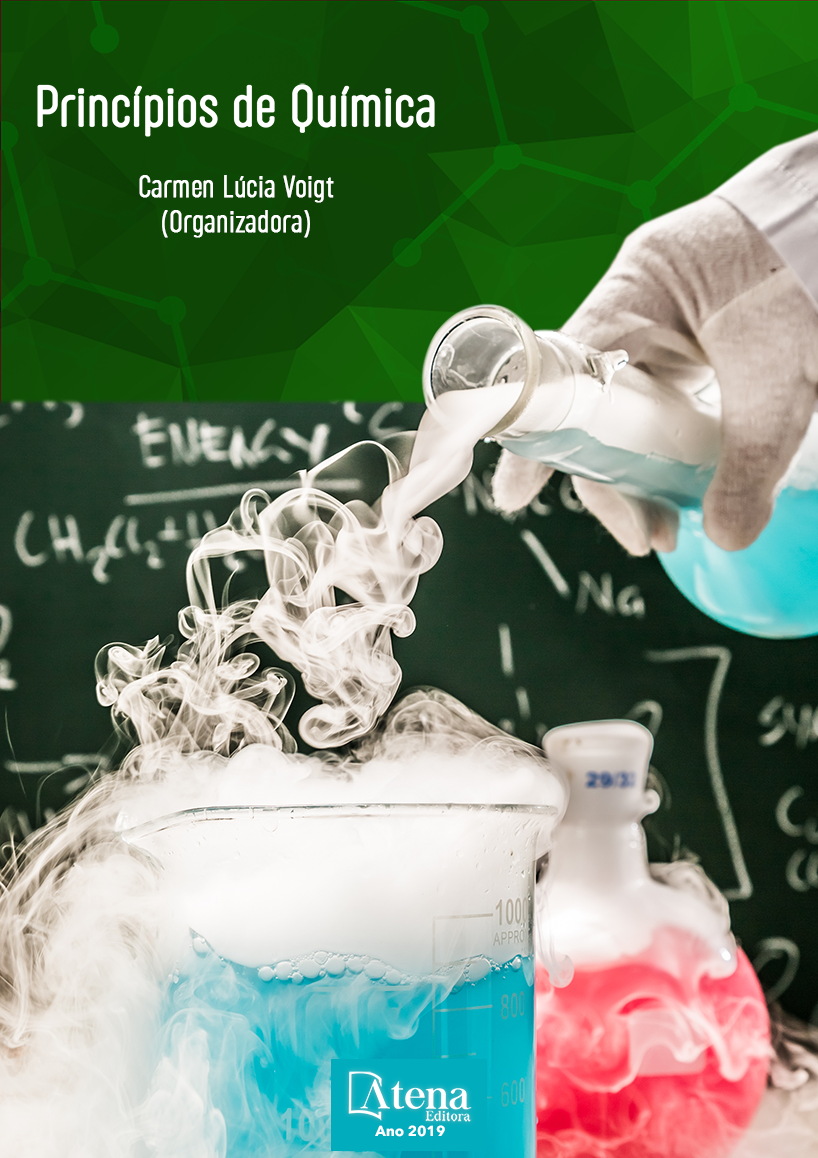
ESTUDO DA ADSORÇÃO DE COBRE EM LODO RECUPERADO DA CLARIFICAÇÃO DE ÁGUA DE AÇUDE POR ELETROCOAGULAÇÃO/FLOTAÇÃO
A crise hídrica no estado do Ceará, localizado na região nordeste do Brasil, chega ao sétimo ano consecutivo. Maior incidência deste fato ocorre na região central do estado onde observamos o açude gavião de maior importância para o abastecimento da capital e regiões metropolitanas com apenas 3,5% de sua capacidade total. Com isso em um futuro não tão distante, moradores da cidade de Fortaleza e outras localidades no estado necessitarão de métodos de captação e tratamento alternativo de água para abastecimento. Este trabalho visou estudar através do processo eletrocoagulação/ flotação a remoção de microalgas do açude Santo Anastácio (ASA) na forma de lodo promovendo a clarificação das águas e utilizar esse lodo gerado no tratamento eletrolítico como método alternativo para a remoção de íons tóxicos Cu2+ em soluções estoque de 10 mg.L-1 até 400 mg.L-1. As isotermas de Langmuir e Freundlich foram os modelos adsortivos utilizados. Foi encontrada capacidade máxima adsortiva de 18,11 mg.g -1.
ESTUDO DA ADSORÇÃO DE COBRE EM LODO RECUPERADO DA CLARIFICAÇÃO DE ÁGUA DE AÇUDE POR ELETROCOAGULAÇÃO/FLOTAÇÃO
-
DOI: 10.22533/at.ed.22119240612
-
Palavras-chave: Eletroflotação, Clarificação, água, lodo, adsorção
-
Keywords: Clarification, turbidity, electrocoagulation/flotation, adsorption, copper.
-
Abstract:
The water crisis in the state of Ceará, located in northeastern Brazil, reaches the third consecutive year. With this in a not so distant future, residents of the city of Fortaleza and other locations in the state require raising methods and alternative treatment of water for supply. This work was to study through the electrocoagulation / flotation process in removal of microalgae weir St. Anastasius (ASA) in the form of sludge to promote the clarification of waters and use this sludge generated in the electrolytic treatment as an alternative method for removing toxic ions Cu2+ in solution stock of 5 mg.L-1 to 400 mg.L-1. The isotherms of Langmuir and Freundlich were used adsorptive models and found maximum adsorption capacity of 18.11 mg.g -1.
-
Número de páginas: 15
- RONALDO FERREIRA DO NASCIMENTO
- ELIEZER ABDALA FARES NETO
- JEFFERSON PEREIRA RIBEIRO
- ARI CLECIUS ALVES DE LIMA
- Fabio Erlan Feitosa Maia


